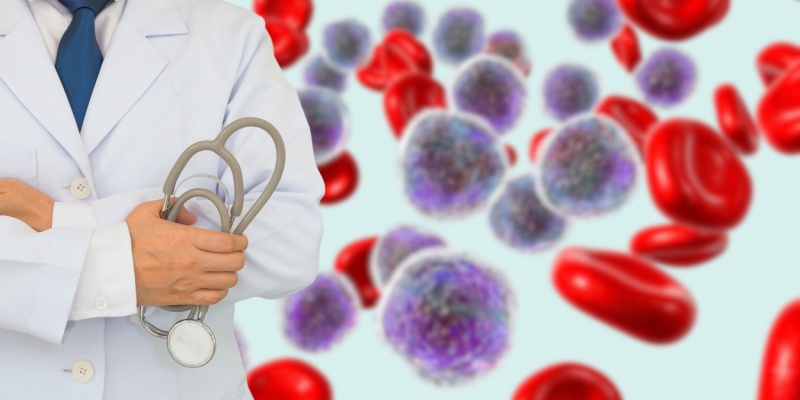WHO Experts on MDS Take Over The HemOnc Pulse at SOHO 2023
By Chadi Nabhan, MD, MBA, FACP, Sanam Loghavi, MD, Joseph Khoury, MD - Last Updated: September 14, 2023Joseph Khoury, MD, of the University of Nebraska Medical Center; and Sanam Loghavi, MD, of the University of Texas MD Anderson Cancer Center; join Chadi Nabhan, MD, MBA, FACP, Host of The HemOnc Pulse at the Eleventh Annual Meeting of the Society of Hematologic Oncology to discuss updates in the classification of myelodysplastic syndromes (MDS).
The World Health Organization (WHO) in 2022 released the fifth edition of its updated classifications for myeloid neoplasms, which was followed by the publication of the International Consensus Classification (ICC) of Myeloid Neoplasms and Acute Leukemias by a group independent of the WHO.
Dr. Khoury, who is the lead author of the paper on the updated World Health Organization (WHO) classification for myeloid neoplasms, discussed what went into developing the fifth edition.
“Over 2,000 experts that have contributed to the fifth edition, we were able to amass advances in science [and] advances in medicine and make them part of the classification of cancer today,” he said.
Dr. Khoury spoke about how he believes WHO and ICC classifications relate to one another.
“We continue to think of the WHO classification really as the global standard in that domain,” he said. “There’s always room for input. There’s always room for advice and looking and reflecting to make sure that the classification is addressing all the key questions it needs to address. In that spirit, of course, colleagues who contributed to the ICC have had their voices heard, and actually, ICC terminology has been adopted, wherever possible, into the WHO classification, but I think it’s very important for us to talk about one classification, one standard that governs our approach to classifying cancers.”
Dr. Loghavi, who served as an author on the WHO paper, spoke about what she sees as a common theme between the WHO and ICC systems.
“The gist of both classifications is that there’s more emphasis on genomics and less emphasis on morphology, sadly, for the hematopathologist in me … but I think the field has moved towards genomic classification,” she said.
Dr. Loghavi said that additional molecular data in acute myeloid leukemia (AML) and MDS has shaped classification approaches.
“Both AML and MDS are now genetically defined for the most part,” she said. “So, if we can genetically define and classify anything, we use genetic classification, and we revert to morphologic classification or phenotypic classification if we really have no genetic markers of differentiation.”






 © 2025 Mashup Media, LLC, a Formedics Property. All Rights Reserved.
© 2025 Mashup Media, LLC, a Formedics Property. All Rights Reserved.